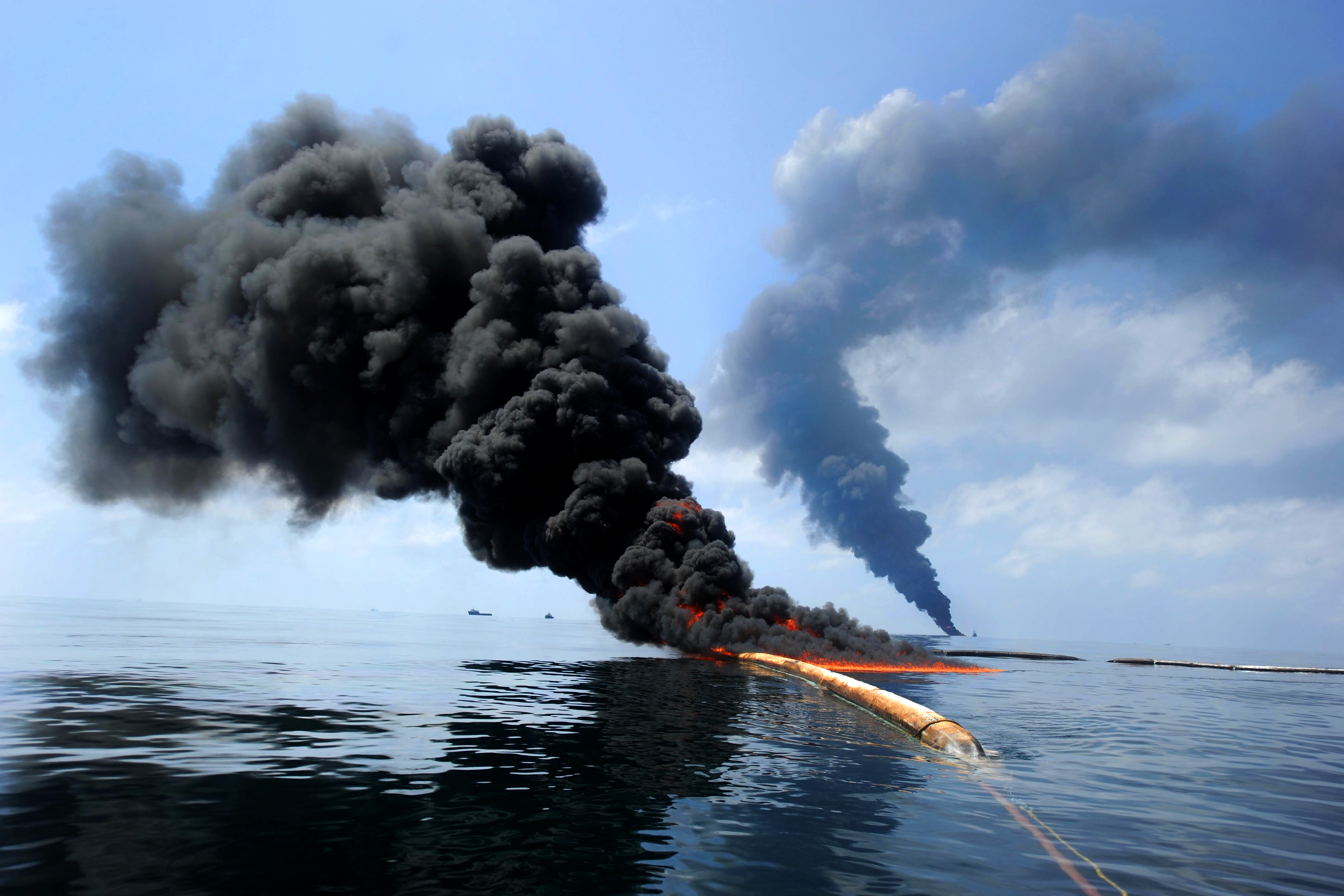The "controlled in situ burn," Gulf of Mexico, 2010
This coming Monday, 4/28, at 6:30, will be the third talk in my series on sabotage and capital at the Center for Transformative Media at The New School. This one is, in a few ways, the first time in a long while that I'm coming back to some of my earlier thinking about apocalypse (as something that is not an event to come but a present and ongoing geographical distribution of hell). I'm happy to be joined this time by my friend Sabu Kohso, a theorist and translator who has been doing remarkable work on the aftermath of Fukushima. After my talk, he'll respond, and then we'll have an open chat about pollution, cities, and, as we started digging into last time, the pesky category of life. As always, free and open to public. (To avoid difficulty in breaching New School's security measures/getting into the building, put your name here.)
The Sabotage of Space
April 28th, 7 - 10 PM, E206 Glass corner conf. room at 25 East 13th street, 2nd floor
The qualities that made sabotage one of the twentieth century's bad words - its cunning, conspiracy with complex apparatuses, invisibility, and "time-release" effect – are not qualities it invented. Rather, they are found in the basic coordinates of that century's spatial system. If, as the previous talk explored, the history of sabotage is one of drift and diffusion, moving from a specific practice in wage-centered struggles through legal and military codification to a general concept of subterfuge and hostility, it is so only as an index of real changes happening to and through the material networks of capital. This talk considers those networks and changes through the lens of sabotage, focusing in particular on two histories: the Metropolis, both as the large city and as the process of expansion that dissolves the coherence of the city/country divide, and pollution, as an idea giving the West nightmares for a good two millennia and now showing itself inseparable from daily life.
Topics include: Kiev's ice barricades; Doreen Massey's feminist geography; miasma, blocked signals, and the birds of Antigone; recent digital animation; Deepwater Horizon and the burning ocean; floods of work and water; Piranesi's serpents; Günther Anders and Massimo Cacciari; the earth's crust.
